Enzymes are involved in essential biological processes, but their fragility is an obstacle to obtaining their intact structures using conventional structural biology methods.
Hugo Lebrette (LMGM) and his colleagues were able to observe for the first time the atomic structure of the radical state, an extremely reactive state, of an enzyme, the mycoplasma ribonucleotide reductase, using serial crystallography coupled to an ultrafast laser.
Hugo Lebrette and his colleagues met this challenge using the concept of “diffraction before destruction”, by illuminating a stream of protein crystals with an ultrafast laser where each pulse lasts a few femtoseconds.
This result, which provides an unprecedented understanding of the structure of an enzyme, opens the way to potential therapeutic innovations.
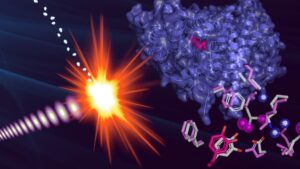 Figure : Structure of the R2 subunit of mycoplasma ribonucleotide reductase obtained by serial femtosecond free-electron X-ray laser crystallography. The superposition of amino acids between the two states, radical (pink) and non-radical (grey), shows the conformational changes induced by radical acquisition.
Figure : Structure of the R2 subunit of mycoplasma ribonucleotide reductase obtained by serial femtosecond free-electron X-ray laser crystallography. The superposition of amino acids between the two states, radical (pink) and non-radical (grey), shows the conformational changes induced by radical acquisition.
© Martin Högbom et Hugo Lebrette
Read more :
Press release of the CNRS-Biologie : https://www.insb.cnrs.fr/fr/cnrsinfo/detection-avant-destruction-un-laser-ultra-rapide-pour-capturer-un-radical-insaisissable
Structure of a ribonucleotide reductase R2 protein radical. Hugo Lebrette, Vivek Srinivas, Juliane John, Oskar Aurelius, Rohit Kumar, Daniel Lundin, Aaron S Brewster, Asmit Bhowmick, Abhishek Sirohiwal, In-Sik Kim, Sheraz Gul, Cindy Pham, Kyle D Sutherlin, Philipp Simon, Agata Butryn, Pierre Aller, Allen M Orville, Franklin D Fuller, Roberto Alonso-Mori, Alexander Batyuk, Nicholas K Sauter, Vittal K Yachandra, Junko Yano, Ville R I Kaila, Britt-Marie Sjöberg, Jan Kern, Katarina Roos, Martin Högbom. Science. 2023 Oct 6;382(6666):109-113. doi: 10.1126/science.adh8160. PMID: 37797025
Contact : Hugo Lebrette

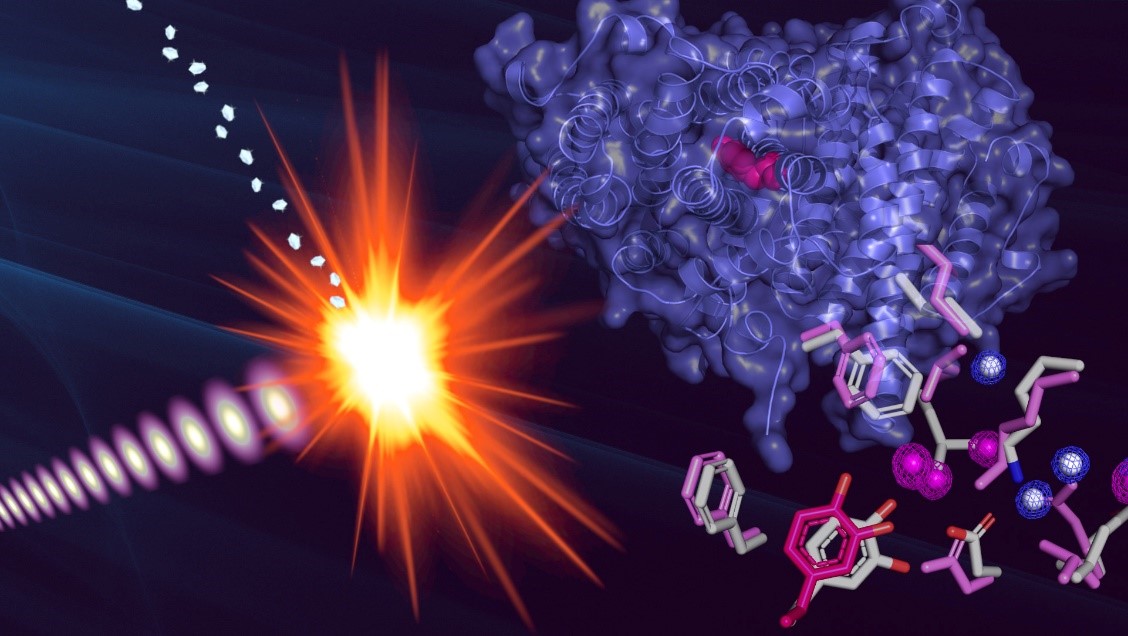
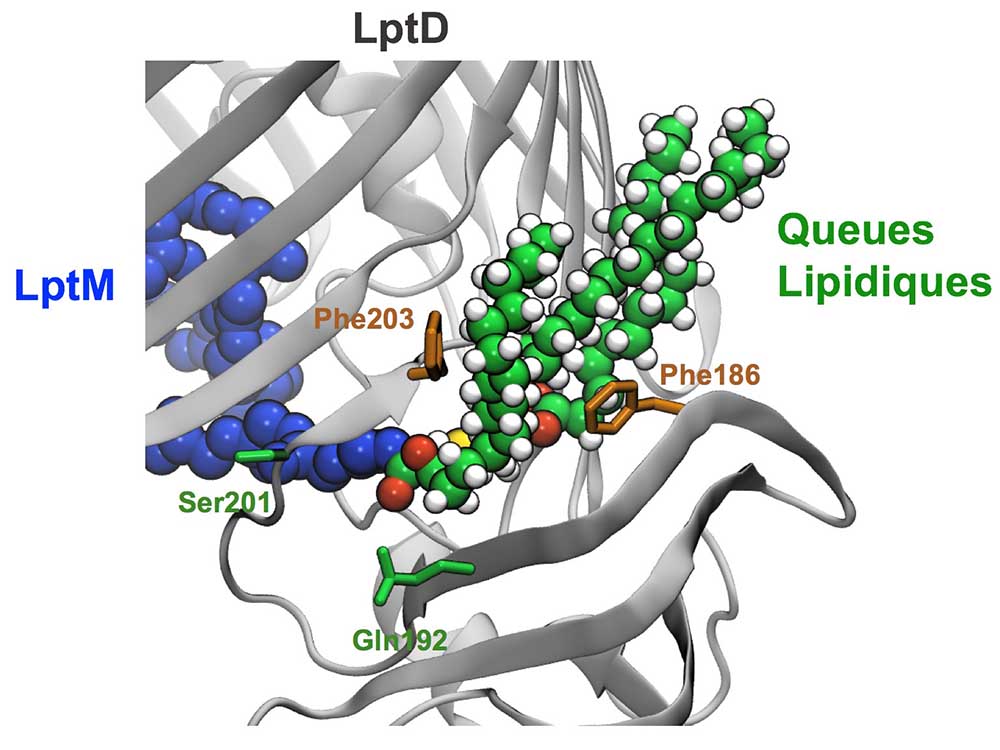
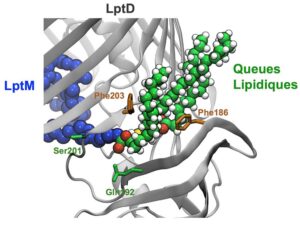
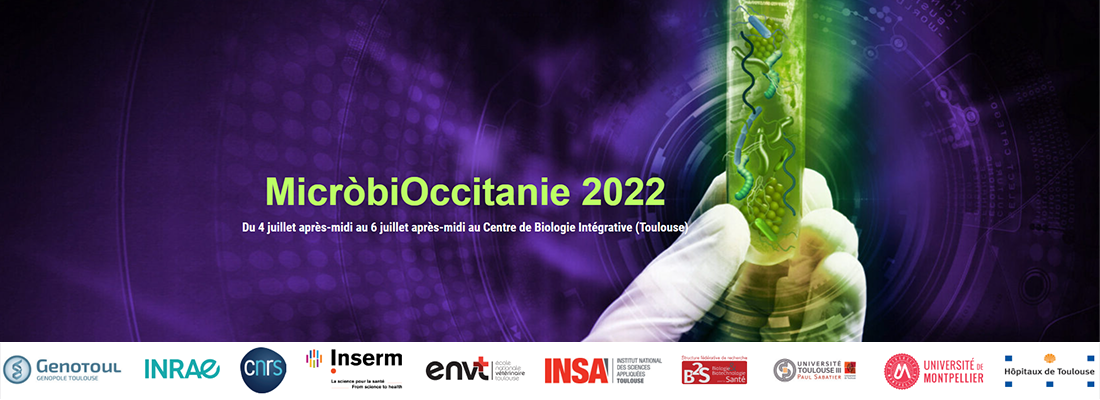

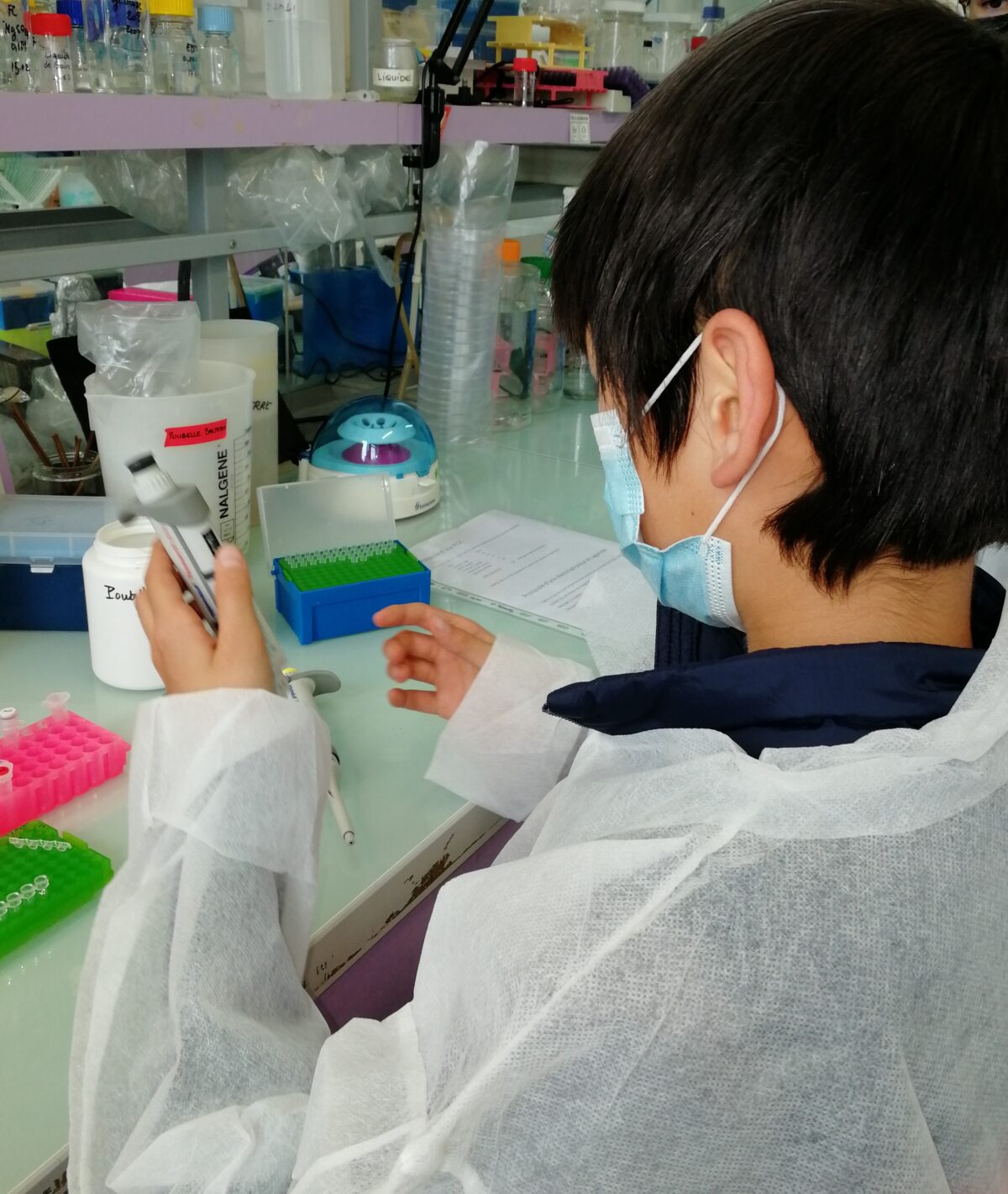




 On April 6, the LMGM-CBI received middle school students who participated to the regional final of the competition “
On April 6, the LMGM-CBI received middle school students who participated to the regional final of the competition “